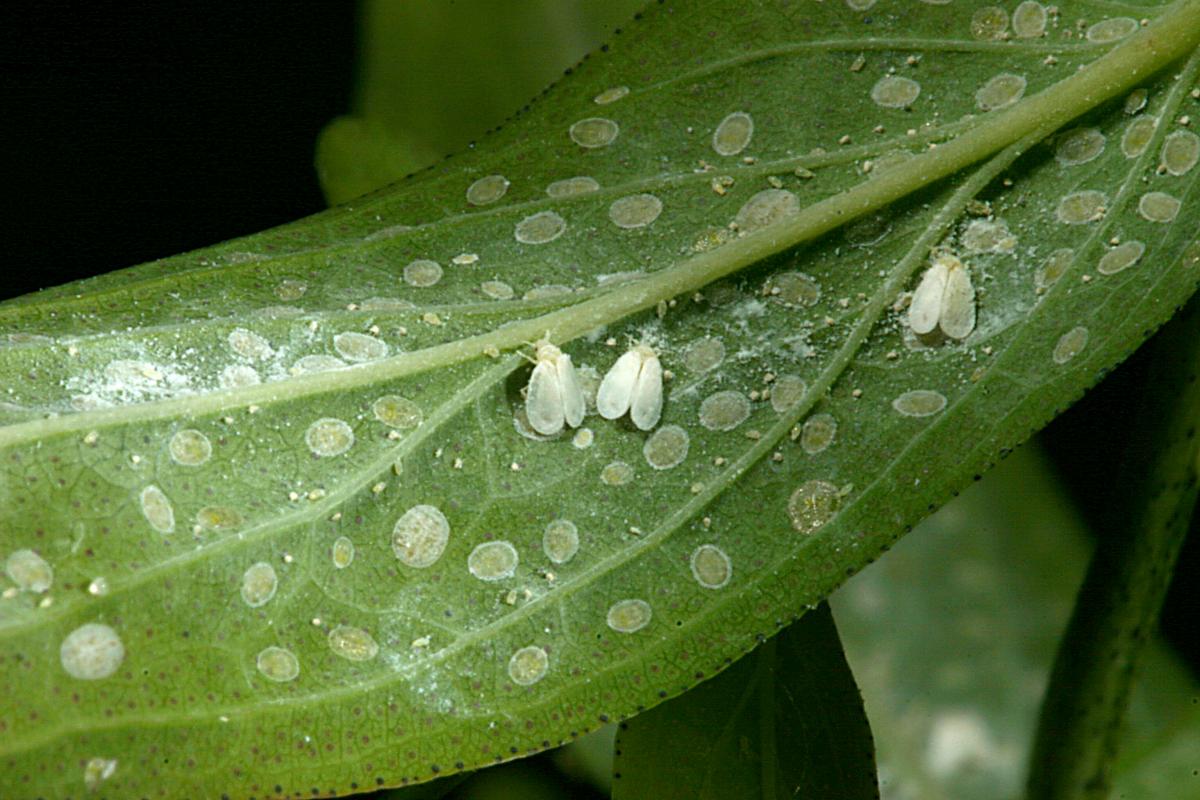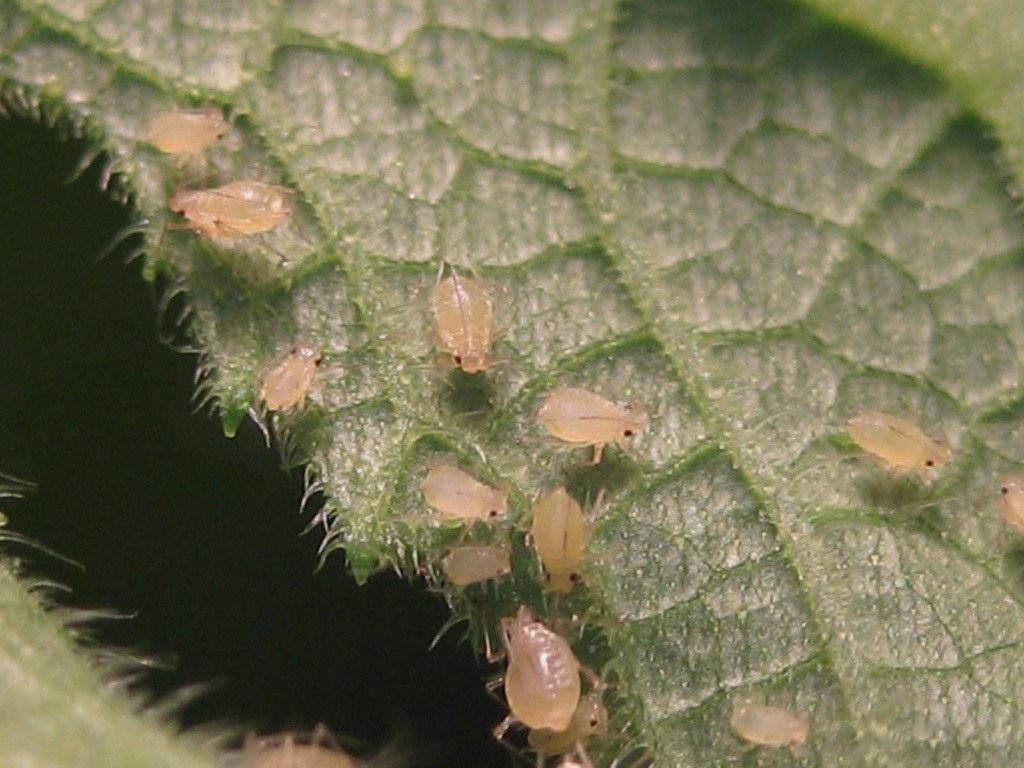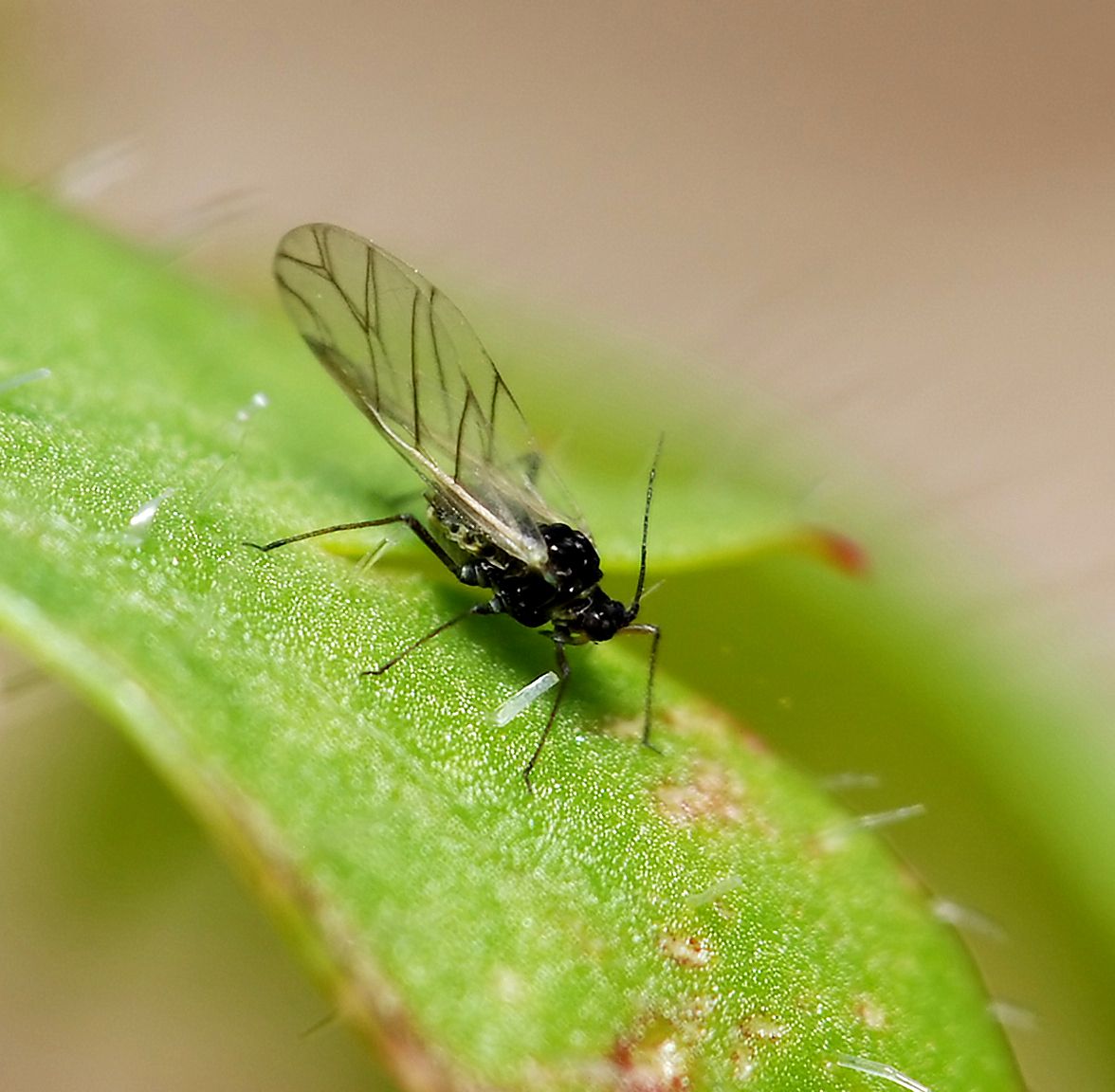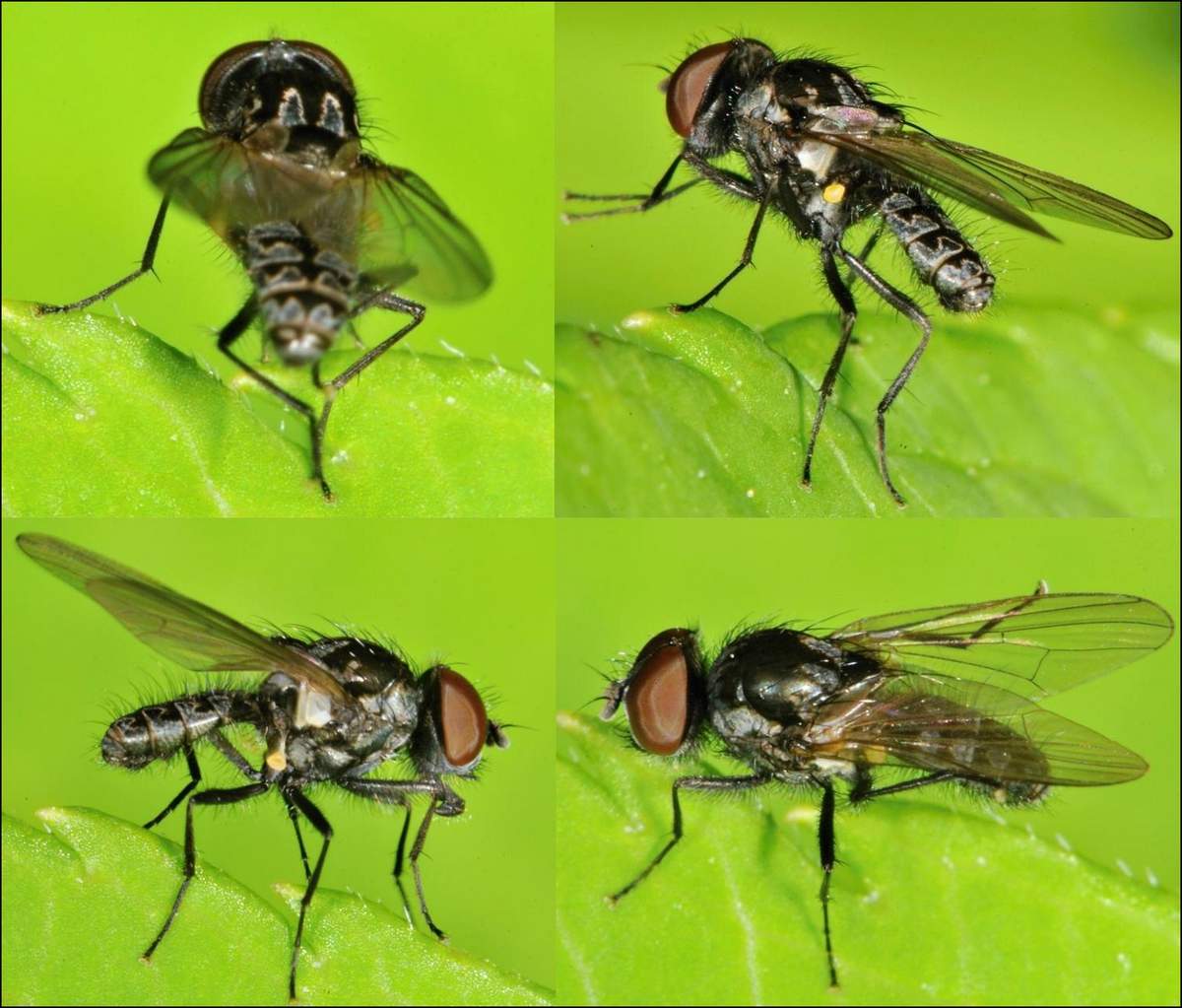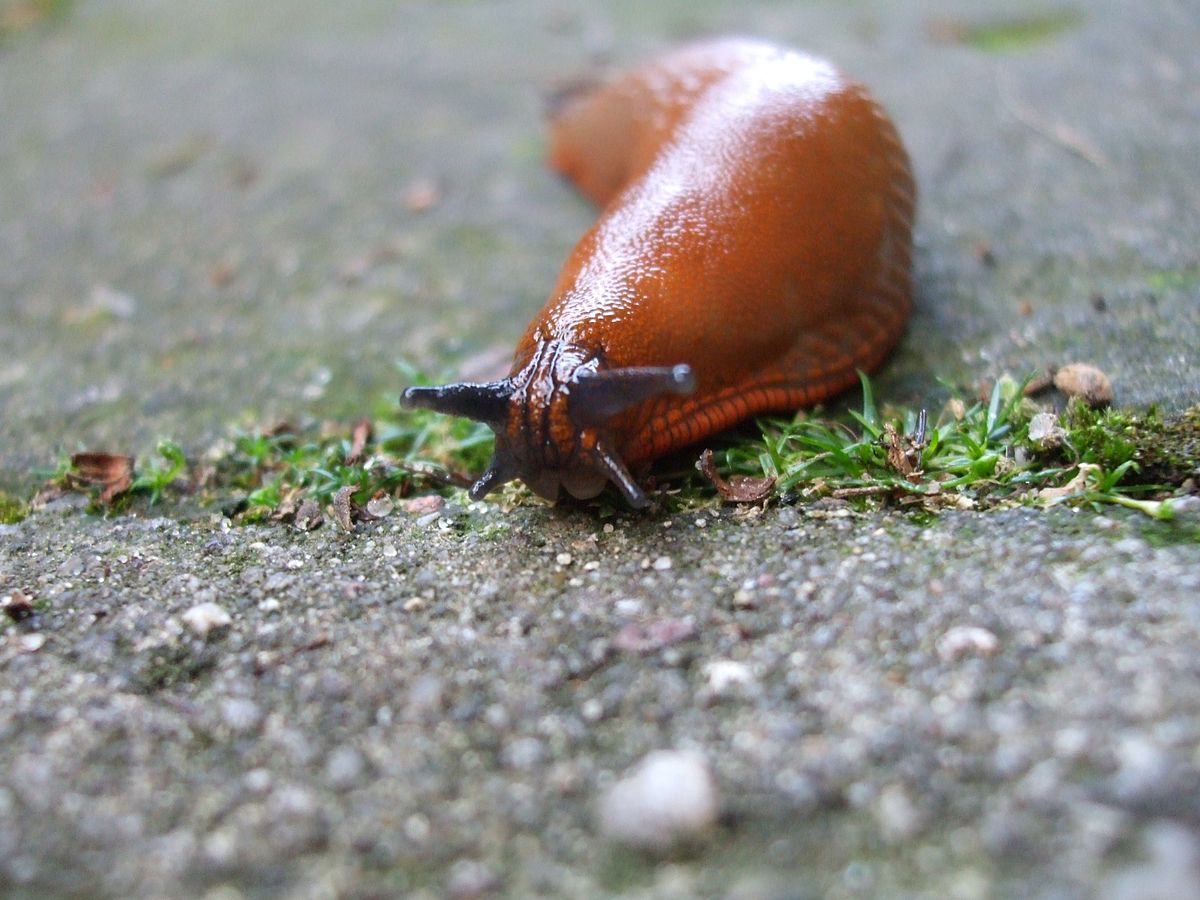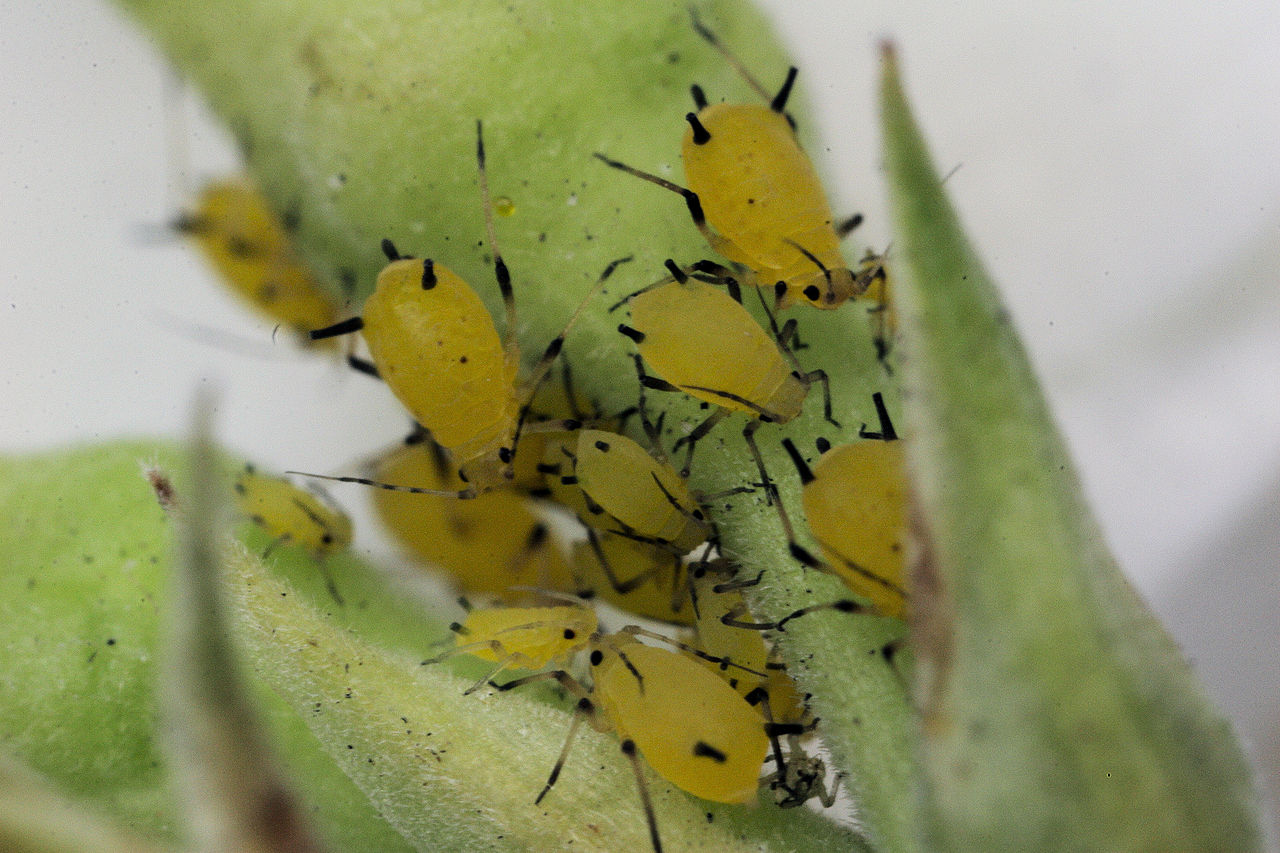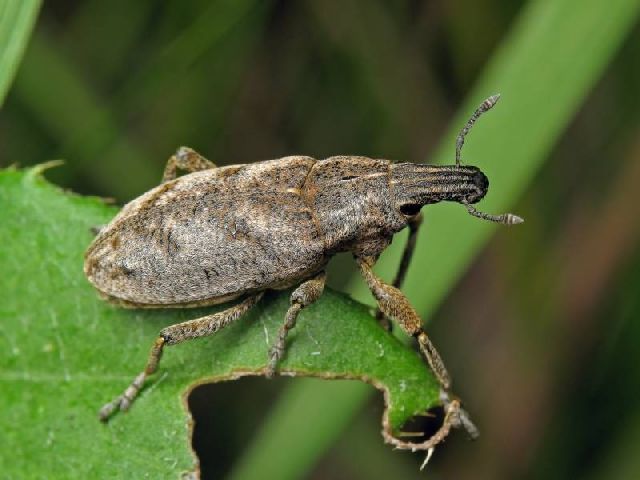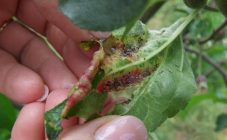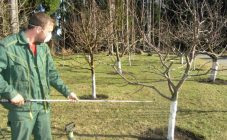To grow juicy healthy cucumbers, care alone is not enough, much more effort must be made to help the plant not get sick or heal from the disease.
Diseases of cucumbers
Powdery mildew
The disease is caused by a parasitic fungus. Mycelium in the form of thin white filaments appears at the beginning of a cool and humid summer at a temperature of 16-22 °. Has the appearance of a mealy spotty bloom. Ripening spores appear in the form of drops, which gave the name to the disease. Leaves become friable, curl, riddled with waves, dry out and die off.
Fungi hibernate in the soil, in the plant debris remaining for the winter.
How to protect cucumbers from disease:
- Apply resistant crop varieties, for example, Phoenix, Blu, Swallow, hybrids.
- Remove residues of plant debris from the garden.
- Destroy infected leaves.
- Planting plants should be carried out as far as possible from such crops.
At the first signs of the appearance of a fungus, it is necessary to process the plant:
- With a solution of whey or soapy water until a protective film appears. This will stop the development of the fungus.
- Infusion of nettle or tobacco.
- Infusion of a three-day mullein (has a strong antifungal property).
Spray the bushes with mixtures:
- colloidal sulfur (in the open field 20% solution, and in the greenhouse 40% solution) with a frequency of 1 time in 7 days;
- a mixture of 1% solution of Bordeaux liquid, 0.5% solution of soda ash, 4-5% solution of copper sulfate powder.
In the later stages of the disease, treat:
- Chemicals: Skor, Hom K, Vadris, Vectra, Fundazim, Tiovit, Jet, Fundazol, Baylon, Vitaros, Ftalan, Tsineb "," Kuprozan "," Previkur "," Switch "," Topsin-M "," Fitosporin-M "," Previkur ", Bordeaux liquid.
- Copper chloride or copper sulfate.
Other fungal diseases: downy mildew, cladosporia, white rot, gray rot, root rot, copperhead. The processing technology for all fungal diseases is similar to the above description.
All fungal diseases are very dangerous, if untreated or insufficiently processed, the plant will die, and the fruits will be infected, twisted and unsuitable for food.
Pests of cucumber seedlings and how to deal with them
Medvedka
It digs passages with its paws in search of food. It feeds on plant roots and seeds sown in the soil, which can cause significant damage to the gardener. Very prolific. If you do not fight with it, several individuals with offspring can completely destroy the planting material.
It is difficult to catch it, but it is almost impossible to completely withdraw it. But it is necessary to fight it.
How to protect cucumbers from a bear:
- Plow deeply or dig up the ground in late autumn or early spring to raise the wintering insect to the surface, where it will die from the cold. Loosen the soil regularly to destroy nests with larvae.
- Sow marigolds throughout the site, cucumber pests cannot stand their smell.
- Build traps - manure pits. Medvedki climb into them for the winter and, with the onset of frost, throw the land into the beds. Bears will die in the frost.
- The use of chemicals: "Thunder", "Fenaxin +", "Aldrin".
How to plant cucumbers so that the bear does not eat the seedlings: mechanically protect the roots of the seedlings with plastic bottles around the root to a depth of 20 cm.
How to save cucumber seedlings from the bear: fence off the planting area with metal, slate and roofing material barriers installed around the perimeter of the garden.
Whitefly: ways of protection
Whiteflies feed on leaf juice and, due to their large number, lead the plant to death. Whiteflies are resistant to pesticides, therefore it is necessary to fight the larvae as early as possible.
How to determine the presence of a whitefly:
- If you gently run your hand over the bush, white moths fly off it.
- Plants grow slowly, wither, leaves curl up and wither.
- The leaf is covered with yellow spots with ragged edges.
How to get rid of whitefly on cucumbers in a greenhouse:
- The insect appears in an area with infected seedlings, so you need to carefully consider it before planting.
- Avoid dense planting, provide a constant flow of fresh air to normalize temperature and humidity.
- Use means that strengthen the immunity of seedlings (growth stimulator "Bud")
White midges on cucumber leaves: how to deal
The folk method is effective when the whitefly population is insignificant:
- garlic infusion (in proportions of 500 ml of water + 100 g of finely chopped garlic, for spraying, 5 g of the finished tincture is diluted with 1 liter of water);
- dandelion infusion (whole bush + 1 liter of water, leave for 3 hours).
- Manually remove the larvae, rinse the leaves with a soapy solution that has a detrimental effect on fungi.
- If the insect has settled en masse, it is necessary to use drugs: "Aktara", "Detis", "Verticillin", "Fufanon".
Cucumber mosquito: methods of dealing with cucumbers
The mosquito is brought into greenhouses with planting material, manure, fertilizers, seedlings grown on contaminated soil. The main harm is caused by the larvae. They gnaw grooves in the leaves, gnaw the roots and base of the seedling stems. The plant withers and dies.
The soil in the greenhouse can be disinfected chemically by spraying the soil and glass with Iskra or Actellik.
Spraying with "Chlorophos" or "Thiophos" will help.
Sprout fly on young cucumbers
As with the cucumber gnat, fly larvae do the most harm. They hatch in mid-May, they are extremely voracious and gnaw through seeds, plant roots, penetrate the cotyledons, damaging them.
Control methods:
- Deep digging of the soil in late autumn or early spring.
- Removal from the surface of the site of manure, weed residues.
- Treat the seeds with Fentiuram. It is advisable to spray seedlings with Iskra.
- During the growing season, treat with organophosphate compounds.
Snails and slugs
Molluscs are active in rainy summer or autumn. Quite prolific. Young, hatched slugs do more harm. You can find a slug by a slimy trail on leaves and soil.
What to do if slugs eat leaves and cucumbers:
- Chemicals are effective in the fight against slugs: "Thunderstorm", "Meta", "Metaldehyde", "Ulicid" (strong chemical poisons).
- Timely clean the area of weeds.
- Scatter potash, lime or ash on the ground.
- Arrange mechanical obstacles: special gutters with water around the perimeter of the beds.
- Plant seeds at an earlier date, before the appearance of the young.
Cucumber thrips
Herbivorous insects sucking juice from leaves. Due to their large numbers, they can cause irreparable damage to the crop. They live on the back of the leaf. If you gently run your hand over the bush, they jump to another plant.
It is almost impossible to completely destroy the insect, since the eggs develop inside the leaf tissue. Therefore, all methods of struggle are reduced to reducing their population.
How to preserve cucumbers:
- Inspect the bushes regularly.
- Spray the plant bushes and the soil under them with Fitoverm, Agravertin, Vertimek, Confidor preparations.
- The amblyseius mite can kill over a hundred pests. Ticks can be purchased at plant protection stations.
- Treat with infusions of garlic, onions or celandine.
Cucumber beetle
It feeds on cucumber greens and flowers. Beetle larvae are very numerous, feeding on roots and stems, reducing the absorption of water by the plant from the soil and thus killing it.
Preventive measures:
- Do not plant cucumber seedlings next to similar crops such as melon or pumpkin.
- Change landing site annually.
- Cover the cucumber beds with protective film.
Cucumber beetle control methods:
- Certain types of small predators, such as ticks, can significantly reduce the beetle population.
- Treat bushes and ground with insecticides: "Acetamiprid", "Fenpropatrin", "Carbaril".
Melon aphid
Huge colonies of insects feeding on leaf sap. In the open ground, midges can appear in July - August, in greenhouses - in the spring.
The source of aphids is weeds.
How to deal with melon aphids:
- Plant carrots, parsley or dill next to the cucumbers, this will attract hoverflies. Place containers with sawdust for earwigs in the greenhouse. These birds eat aphids with pleasure. Set up birdhouses in the spring.
- Spray the affected plants with tar soap, decoction of wood ash, garlic or onions, and a solution of laundry soap.
- Spray with the preparations "Iskra", "Commander", "Karbofos".
- Remove weeds from the site.
When the first insects appear, it is recommended to use safer folk remedies, and among chemicals, give preference to less toxic ones. To resort to strong poisons only if traditional methods no longer help.


